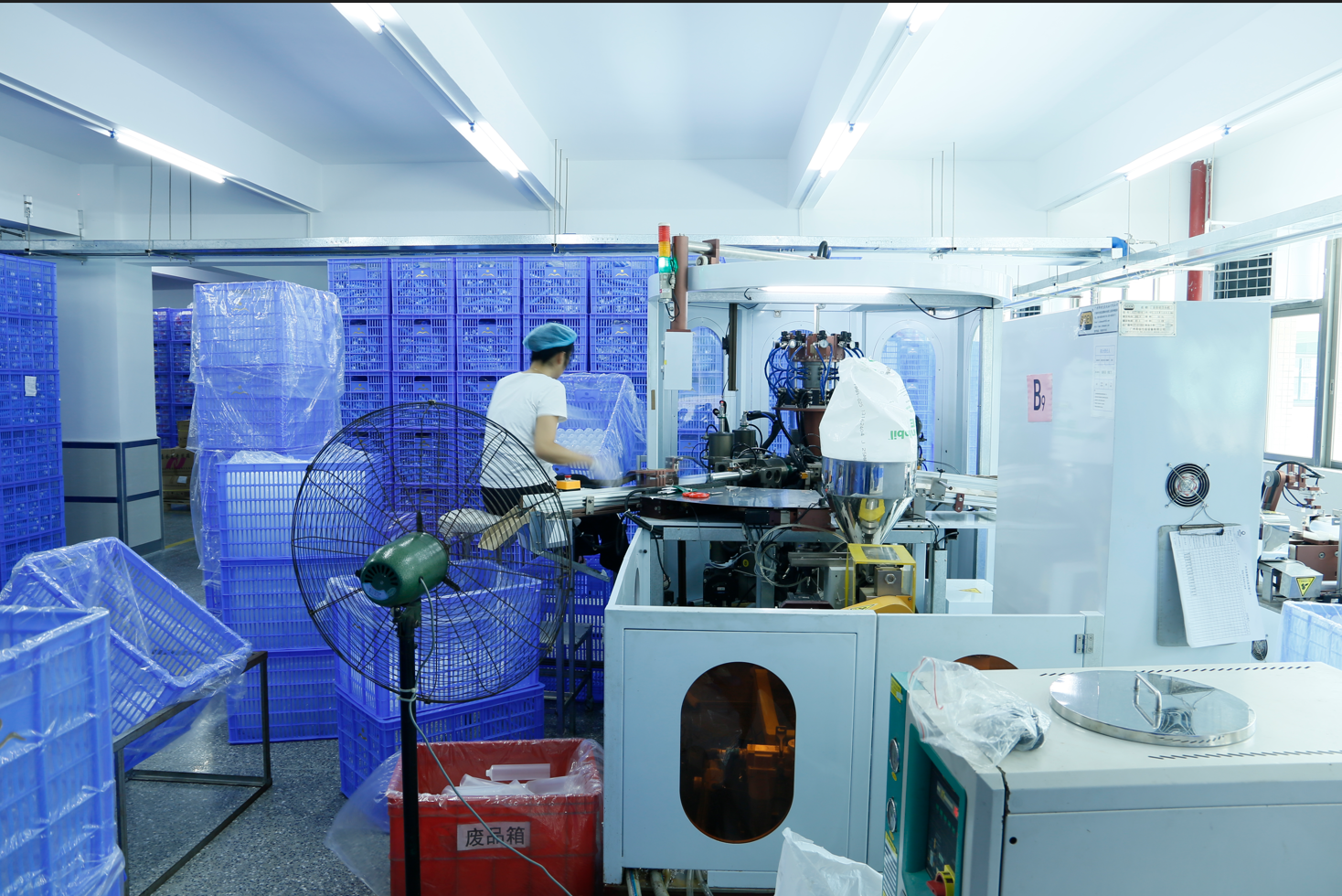Their pros: “These little guys are great for products that don’t have a lot of moisture, like lip balms, because they’re not the most breathable,” says makeup chemist Nikita Wilson. “They are suitable for products with smaller areas of application and can be applied with fingertips.”
Where they don’t quite fit: Yes, there’s a lot of eye cream in those little jars. But if it’s not a moisturizer – without additional active ingredients like antioxidants or retinol – it probably isn’t perfect. “While it has no more surface area than a large tub, it’s not as airtight as a pump, so it’s not the best container for sensitive ingredients,” says Wilson. And since you are constantly sticking your fingers into it, there is a possibility of spreading germs; if your cream comes with a small spoon to scoop it out, use it.
They’re not as good for scrubs or anything else you use in the shower. We know that many of them are packaged this way, but if water gets inside, they – seriously – get moldy. In addition, vitamin C moisturizers last better in tubes and dispenser bottles (skin-lightening ingredients are relatively unstable and degrade faster with more exposure to air and light).
What they are for: Lotions and detergents. “Pumps are used to dispense easily and deliver a uniform dose,” says Joshua Zeichner, director of cosmetic and clinical research at Mount Sinai Hospital in New York. They are generally more hygienic than jars because you don’t touch them. “. the product itself every time you use it, which contaminates it, Wilson added. Unless you’re a cosmetic chemist or skincare expert, the best way to tell if a product is packaged in an airless pump is to read the label on the product, which usually tells you so.
They don’t fit: Anything that contains air-sensitive ingredients like retinol, peptides, and vitamin C. “Of course, these pumps tend to be more airtight than small reservoirs, but they still expose the formula to air,” said Wilson.
Benefits: Anti-aging products with ingredients such as peptides, growth factors, antioxidants and retinol, formulations for sensitive skin (because they are less likely to be contaminated by potential irritants).
What they’re not good at: Formulas without vulnerable ingredients. “[Making a sealed pump] is an expensive process, so the benefits must be worth the cost of such packaging,” Wilson said.
Benefits: They minimize exposure to air, making them ideal for moisturizers and creams that contain labile ingredients like retinol or vitamin C. They also spread thick stuff like eye cream, lip balm comfortably. and sunscreen.
Where they don’t quite fit: It’s obvious, but the tube isn’t for anything that leaks or drips. “Tubes generally don’t hold the viscosity or texture of serums, lotions, or cleansers, which is why you’ll find them in pumps,” says Wilson.
Their pros: toner and cleanser. For anything that doesn’t contain high concentrations of sensitive ingredients, clear packaging will do, Wilson says.
Less suitable: antioxidants (eg vitamin C) and retinol; these ingredients must be packaged in dark opaque bottles to block UV rays that can deactivate them.
Their Benefits: Fine Serums, Facial Oils and Serums. The dropper is ideal for dispensing liquid skin care products, which can then be applied to the skin with your fingertips. “The droppers give the illusion that they help dilute the medicine with water, just like the doctor wants,” Wilson said.
They are less suitable: ultra-sensitive ingredients such as vitamin C. However, serums with unstable ingredients are sometimes packaged in such dispensers because they give the feeling of professional care, says Wilson. But because they don’t protect against exposure to air, droppers can cause these types of mixes to expire faster. So watch for any changes in how the formula looks: You can easily tell if it’s oxidized because it turns brown, she says.
What they are for: peelings. “Single-pack peel pads are most effective because the pH of glycolic acid changes when exposed to air,” says Los Angeles-based dermatologist Jessica Wu. The acids in peels tend to be unstable and spoil quickly, so packing them in individually wrapped wipes can help extend shelf life.
Where they don’t quite fit: Technically, they’re not that bad for any type of product – they’re hygienic and keep all types of formulas from drying out (make-up remover, self-tanner, nail polish remover). But this extra packaging is not entirely sustainable. If it’s a product that you rarely use that can dry out, or something that you need to put in your purse right away, individually wrapped pads aren’t always worth it.
Post time: Oct-28-2022
